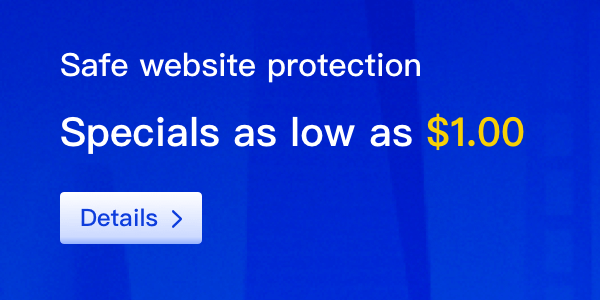Installing an SSL certificate is a vital step for securing your website and protecting your users' data. However, during the installation process, you may encounter various certificate errors that can hinder your website's functionality. This blog post will guide you through some common SSL certificate errors, how to troubleshoot them, and best practices for ensuring a smooth installation process.

Understanding SSL Certificates
Before diving into troubleshooting, it's essential to understand what SSL certificates are and why they are important. SSL, which stands for Secure Sockets Layer, is a standard security technology that establishes an encrypted link between a web server and a browser. This ensures that all data transmitted between the server and the users remains private and integral.
SSL certificates come in various types, including Domain Validation (DV), Organization Validation (OV), and Extended Validation (EV) certificates. Each type serves different purposes and offers varying levels of trust and validation. When installing an SSL certificate, it's crucial to choose the right type based on your website's needs.
Common SSL Certificate Errors
When installing an SSL certificate, you may encounter several common errors. Here are a few of the most frequent issues:
1. Certificate Not Trusted
One of the most common errors is when the certificate is not trusted by the browser. This usually occurs if the certificate is self-signed or issued by a non-trusted Certificate Authority (CA). To resolve this issue, you should obtain an SSL certificate from a reputable CA. Additionally, ensure that the intermediate certificates are correctly installed on your server, as these are essential for establishing trust.
2. Mixed Content Warnings
Mixed content warnings occur when a secure page (HTTPS) tries to load resources (such as images, scripts, or stylesheets) over an insecure connection (HTTP). This can lead to security vulnerabilities and browser warnings for users. To fix this issue, ensure all resources on your page are loaded over HTTPS. Update any links in your HTML to use the secure protocol, and consider using tools to scan for mixed content on your website.
3. Expired Certificate
Another common error is an expired SSL certificate. SSL certificates have a validity period, usually ranging from one to two years. If your certificate has expired, users will receive warnings when trying to access your site. To avoid this, set up reminders to renew your certificate before it expires. Most hosting providers offer automated renewal options, which can help you stay compliant without manual intervention.
Troubleshooting SSL Certificate Errors
When troubleshooting SSL certificate errors, it is essential to approach the issue methodically. Here are steps you can take to diagnose and fix the problem:
1. Use SSL Checker Tools
There are various online SSL checker tools available that can help you identify issues with your SSL certificate. These tools can analyze your certificate installation, verify the chain of trust, and check for any common errors. By entering your domain into one of these tools, you can quickly gain insights into potential problems and how to rectify them.
2. Check Server Configuration
Sometimes, SSL certificate errors arise from server misconfigurations. Ensure that your web server is correctly configured to handle SSL requests. This includes verifying that the certificate files are correctly referenced in your server settings and that the appropriate ports (usually 443 for HTTPS) are open and listening.
3. Review Browser Console for Errors
When testing your website, open your browser’s developer tools and check the console for any SSL-related errors. This can provide additional context on what is failing, whether it’s a certificate issue or a problem with loading secure resources.
Best Practices for SSL Installation
To prevent SSL certificate errors in the first place, consider the following best practices:
Choose a Reputable Certificate Authority
: Always opt for a trusted CA that offers good customer support and clear documentation.
Keep Your Certificates Updated
: Regularly check the expiration dates of your SSL certificates and renew them promptly.
Implement HSTS
: HTTP Strict Transport Security (HSTS) is a web security policy that enforces secure connections to your server. By implementing HSTS, you can help protect users from man-in-the-middle attacks.
Educate Your Team
: Ensure that everyone involved in managing your website understands the importance of SSL and how to maintain it.
In conclusion, while SSL certificate errors can present challenges during installation, understanding these common issues and following best practices can significantly reduce the likelihood of encountering problems. By proactively managing your SSL certificates, you can ensure that your website remains secure and trustworthy for your users.























